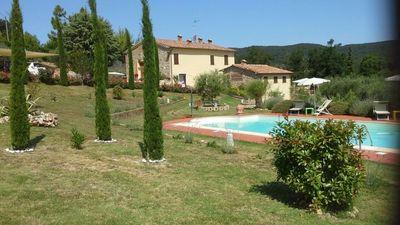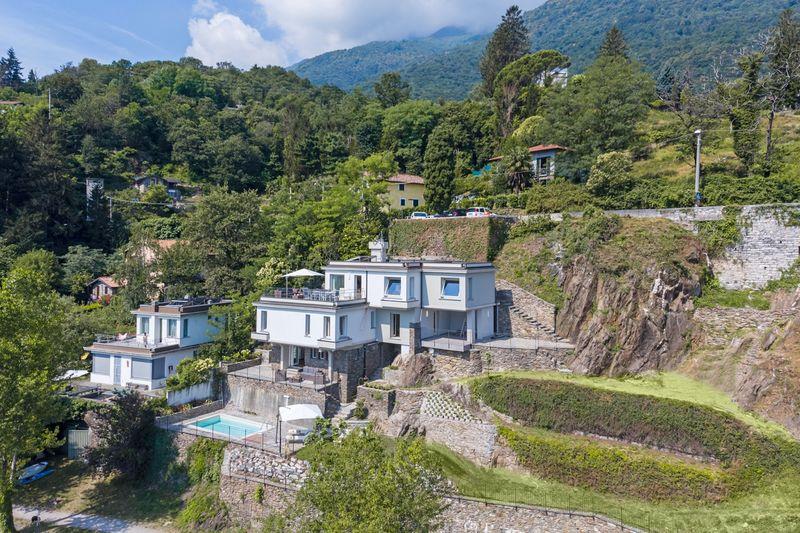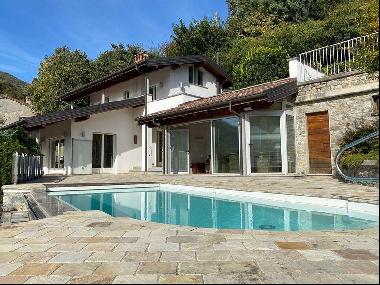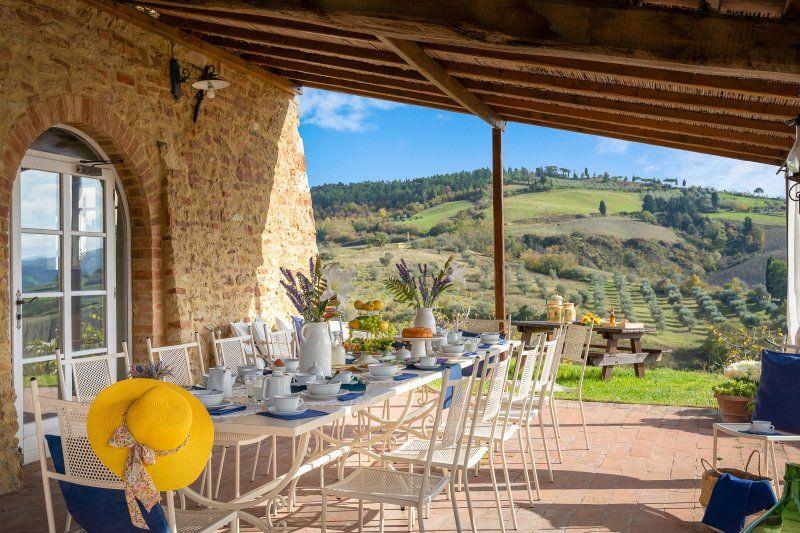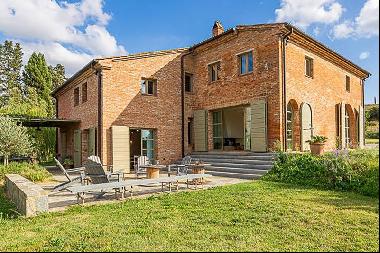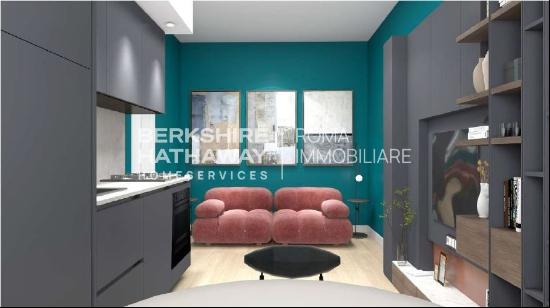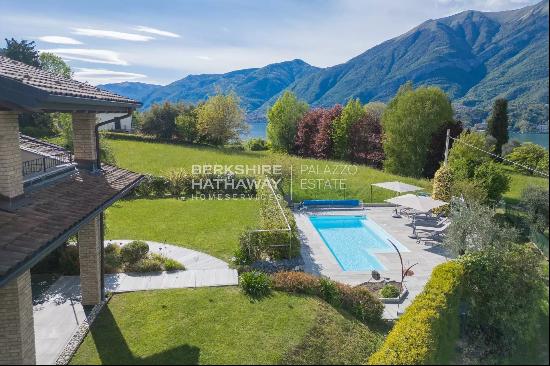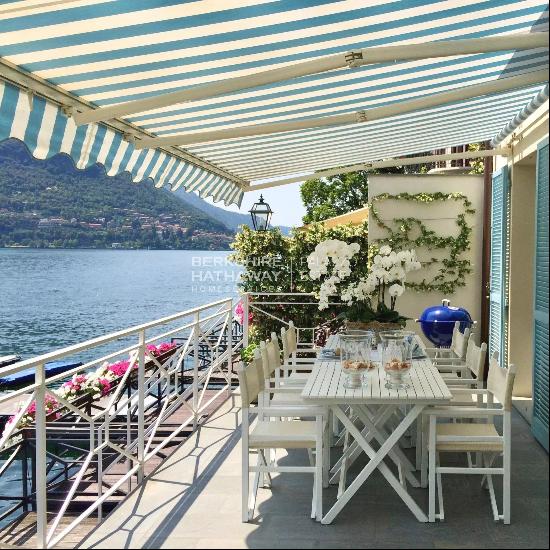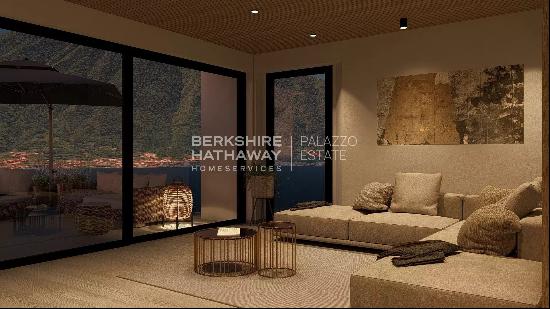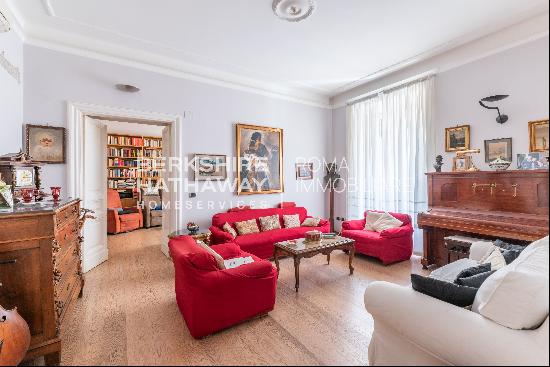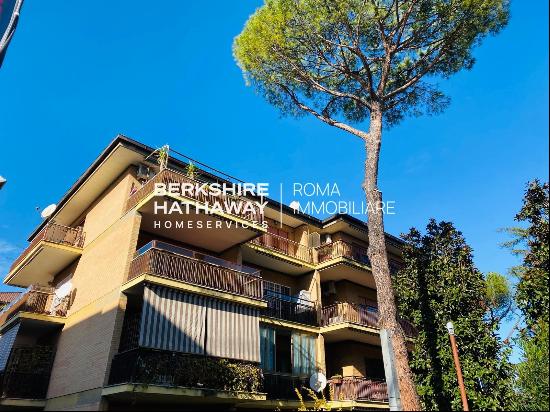
By George Upton
For a hilltop fortress
This eight-bedroom castle in the hills outside Piacenza, in northern Italy, occupies a commanding position. Built in the 12th century along the Via Francigena — an important medieval trade route that connected Santiago de Compostela, Rome and Jerusalem — the castle was designed to defend the Riglio valley and later came to be a stately home for local aristocratic families. After the second world war, when it was used as a base for the partisan resistance movement, the castle became a retirement home for nuns before being restored as a private home in the mid-1980s. Now divided into two residences, the property — which is on the market for €4.2mn — includes a 27-hectare botanical garden, a spacious living room and library with mahogany bookcases and a square tower with panoramic views over the valley.

For lakeside living
Situated on the southern shores of Lake Geneva, just outside the town of Évian-les-Bains, this maison forte (fortified house) dates back to at least the 14th century. In 1961, it hosted negotiations between France and the Algerian National Liberation Front. The six-bedroom southern wing is on the market for €1.46mn. Features include a period fireplace, a panoramic view of the lake from the terrace and a swimming pool. As well as being 100 metres from the lake, the property is within easy reach of ski resorts and the Swiss cities of Geneva and Lausanne.

For a restoration project
This 10-bedroom manor house was built on the Sopwell Estate in central Ireland in 1745 and is on the market for €8.5mn. The property includes Killaleigh Castle (also main picture, top), which was erected by the MacEgan clan in the late 16th century and is largely intact but in need of extensive restoration. The manor was designed by architect Francis Bindon in early Georgian style and has well-preserved interiors including a large entrance hall and carved wooden staircase. Also included in the 300-acre estate (two-thirds of which is mature parkland for grazing) are two gatehouses and a cottage.

For a Scottish retreat
The origins of Myres Castle, a 10-bedroom property in Fife, eastern Scotland, can be traced back to the early 16th century. Though it was built as a z-plan fortress, it wasn’t known as a castle until the 19th century — the name is thought to have been changed from the House of Myres at the suggestion of writer Walter Scott, who was a frequent visitor. In 1887, the house was bought by James Fairlie, who had been chamberlain to three popes and established a formal Vatican-style garden. The house remained in the Fairlie family until 1999, after which it was extensively refurbished and a biomass boiler was installed, significantly reducing the cost of heating the house and outdoor pool. The property, which is on the market for £3.5mn, includes a three-bedroom cottage, gate lodge and shepherd’s hut. It is conveniently located for Fife’s famous golf courses.

For a clifftop lookout
Monte Argentario is a peninsula on Tuscany’s Mediterranean coast that has long had strategic importance. This watchtower — now a five-bedroom home — was built in the 15th century by the republic of Siena and remained a military outpost until the end of the 19th century, when it passed into private hands. Situated just above the peninsula’s rocky southern shore, the property has expansive views of the Tyrrhenian Sea from its large terrace and the bedroom, bathroom and roof terrace in the tower. A separate building, connected to the tower by a kitchen/dining room under the lower terrace, contains a sitting room and a further four bedrooms. The property is on the market for €8.5mn.

Photography: Gyula Ando/Lisney Sotheby's International Realty; Evian Immobilier Sotheby's International Realty; Savills; Knight Frank


